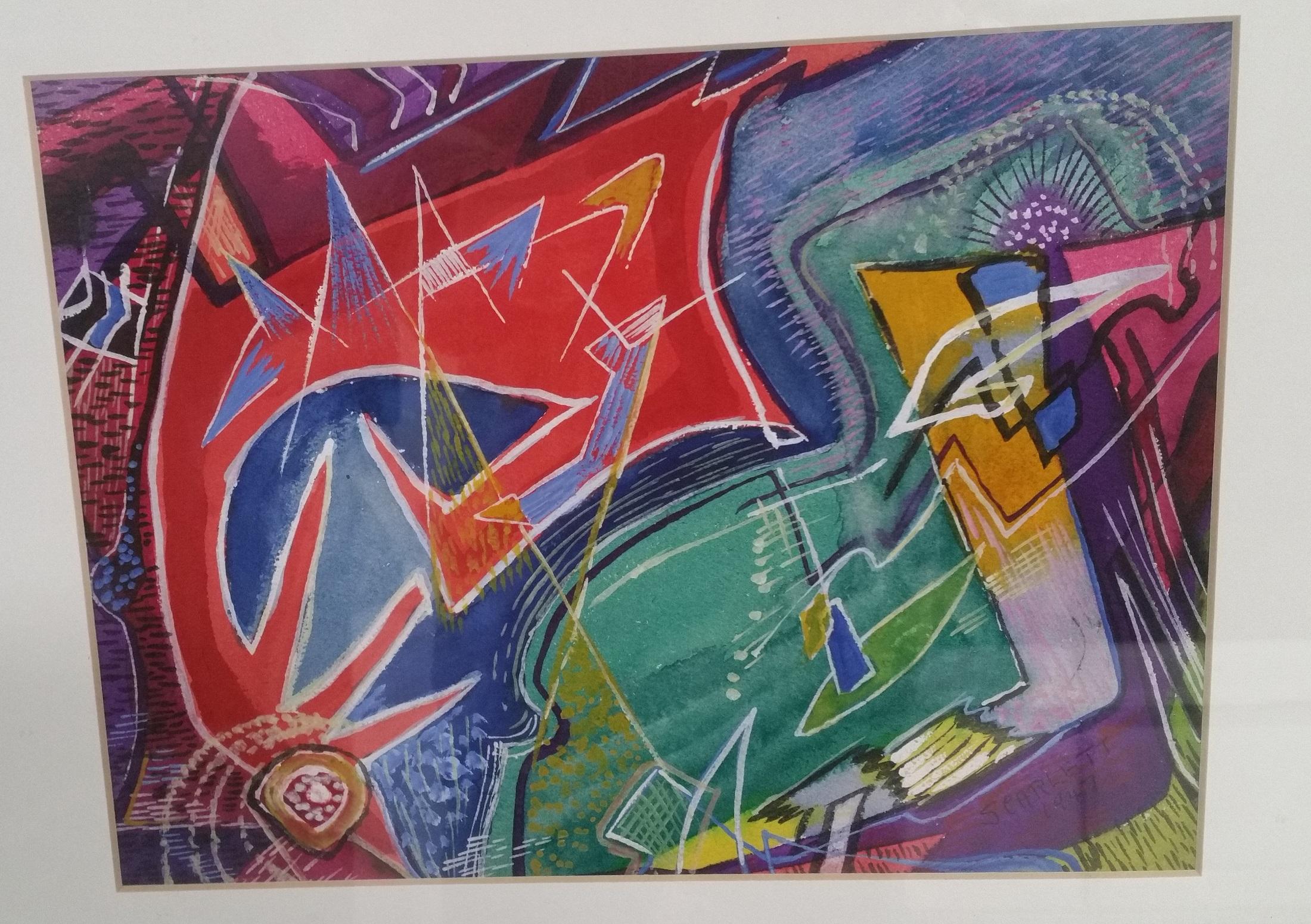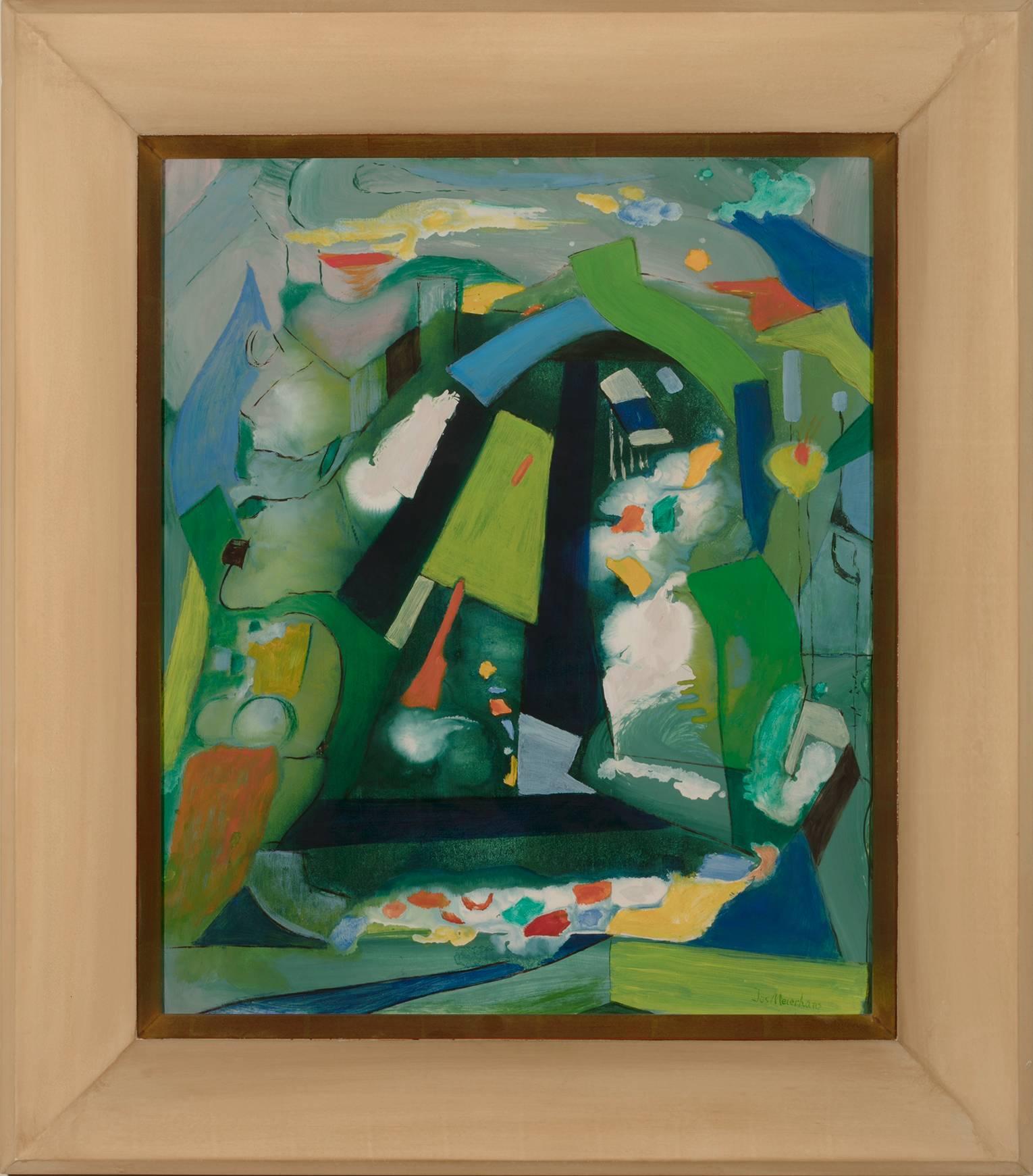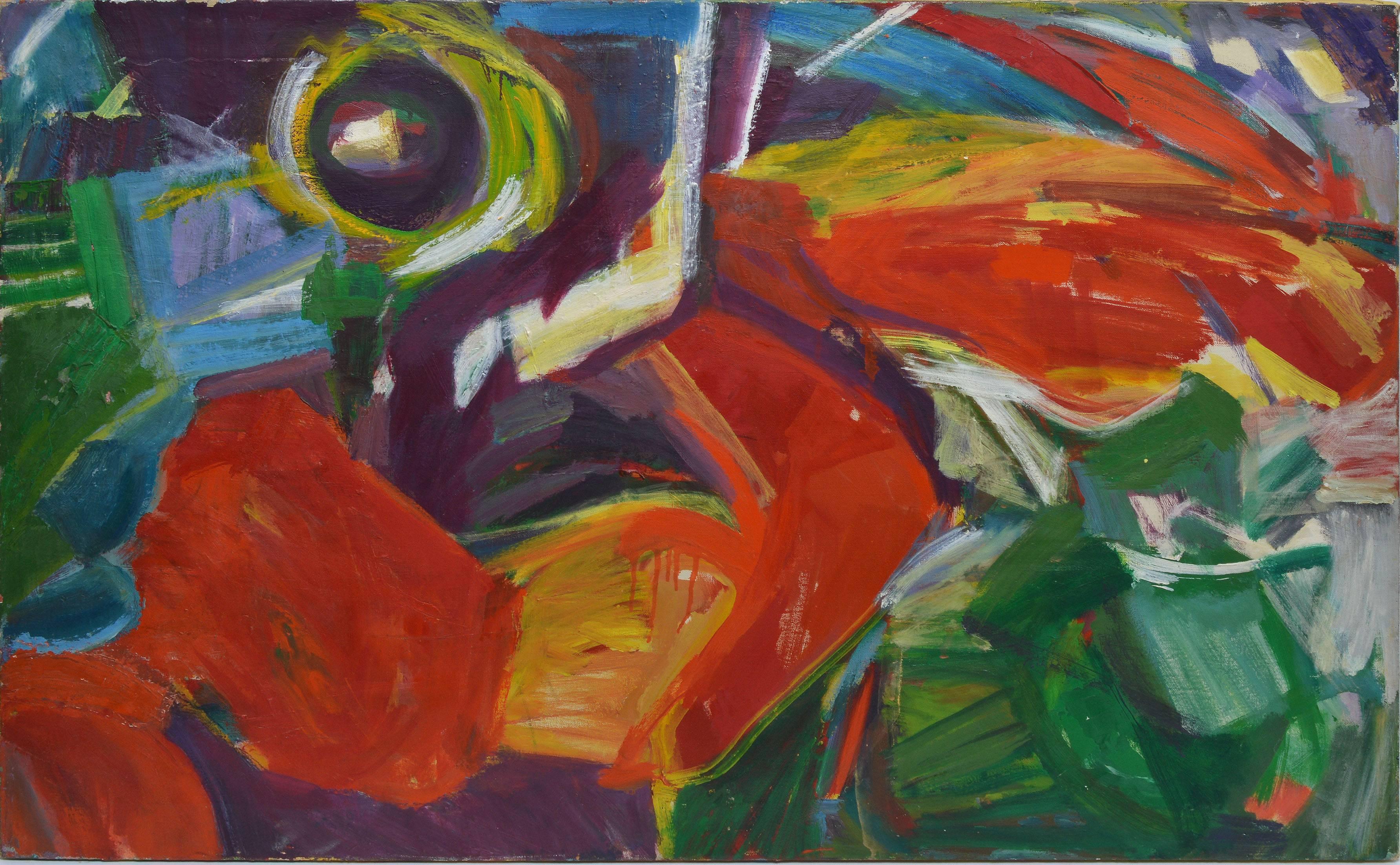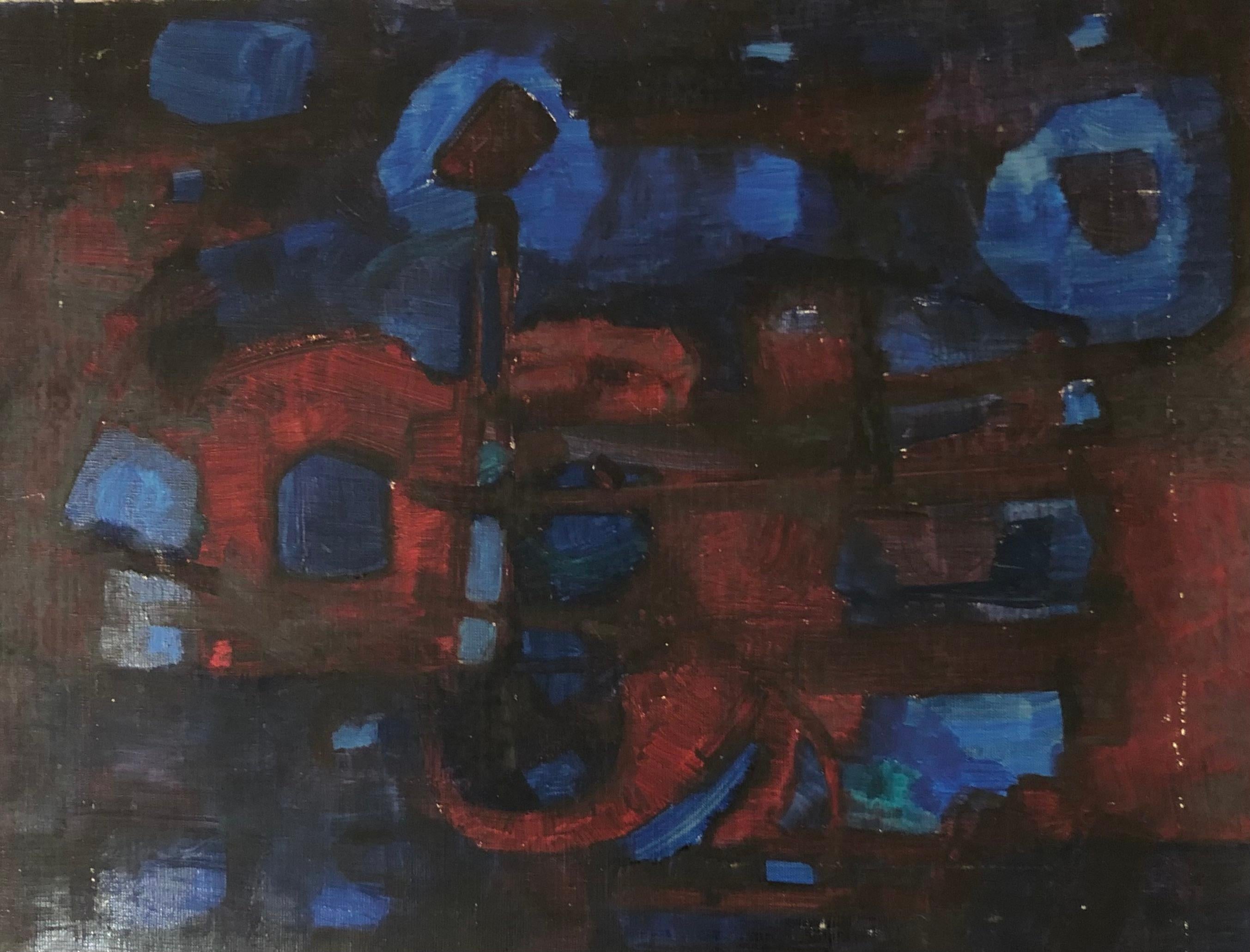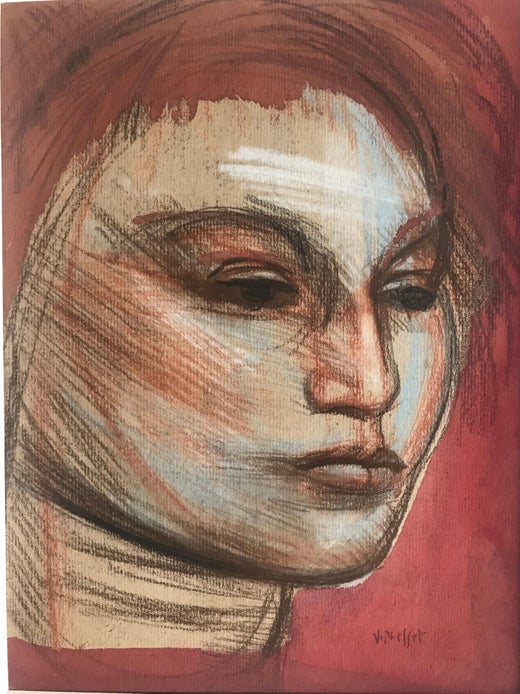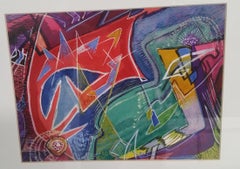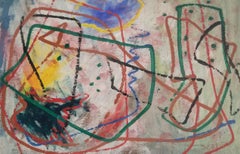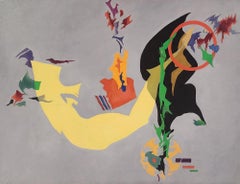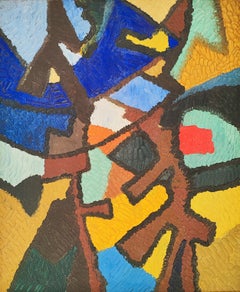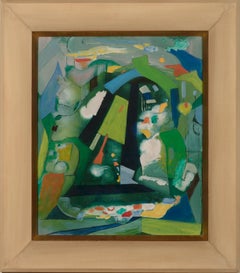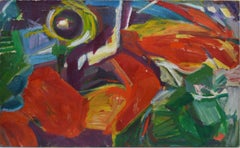Signed lower right.
Provenance: Khromin Estate.
Victor Khromin, born in Gatchina City, near St. Petersburg, Russia explored his artistic abilities from the earliest years of his life. The Russian-Finish family into which Victor was born discovered and accepted his talent as something that flowed organically through their family tree. Victor's grandfather was an accomplished artist and a student of Repin at the Academy of Art in St. Petersburg, Russia.
The scenery of childhood in a small Finnish village on the outskirts of St. Petersburg continues to inspire Victor throughout his life.Victor went on to study art professionally at the Serov School of Fine Art in Leningrad. While still a student, he actively participated in non-conformist exhibitions, which were illegal during the Soviet Regime. In 1976, Victor became a member of the USSR Union of Professional Artists. This was the only Soviet organization, which could recognize an individual as a career artist. Despite membership, he continued to exhibit his works as part of the Underground Art Movement, which contradicted the code of conduct outlined by the USSR Union of Professional Artists and rejected the only officially accepted style of Socialist Realist. Victor's works stopped being presented for exhibition within official circles of the Soviet Art League. Victor became a target for government harassment and monitoring.
The 1985 solo exhibition at the Kudamm Gallery, in Berlin, served as a breaking point in the semi-tolerant relationship that had previously existed between Victor and the USSR Union of Professional Artists. According to the Union, an artist was not allowed to exhibit outside of the USSR without the permission of and censorship by that organization. That same year, Victor lost the position, which he had obtained through the Union. He relocated to a small village called Sinicheno, where over the course of 5 years, he created a series of lyrical pieces. The works were displayed at a solo exhibition at Dianart Gallery in Zurich in 1988, and at Arcole Auction, Paris in 1988-1990.The Perestroika finally opened doors for Victor to exhibit within Russia at "From Unofficial Art to Perestroika," in Leningrad in 1989 and The Stanislavski Actor's House in Leningrad in 1990.
In 1990, Victor received an invitation to come to New York City for a Solo exhibition at Nahamkin Gallery. During this trip, Victor applied for legal residency within the United States and was granted this status for his Extraordinary Abilities in Art. In 1996, Victor's paintings become part of the Norton and Nancy Dodge Collection of Nonconformist Art at Rutgers University. From this point on, Victor and his family move to rural upstate New York. Here he continues the development of unique techniques for creating 3D casts for oil paintings and paper. Victor's recent works are hand-made paper reliefs, with acrylic used as a color addition to the texture. He also developed a relining technic, which allow him to transfer his reliefs to canvas, and then work with oil paint over the underlying relief.
He has also been represented by Jane Voorhees Zimmerli Art Museum of The Norton & Nancy Dodge Collection of Nonconformist Art from the Soviet Union (1956-1986) at Rutgers University, New Brunswick, NJ; Dianart Gallery, Zurich, Switzerland; Kudam Gallery in Berlin, Germany; Codriorg Pallas Museum , Tallinn, Estonia; Urmala Exhibition Hall, Urmala, Latvia; Regional exhibition in Russia, and solo exhibitions in St. Petersburg, Russia, etc.
The specific
style category...

